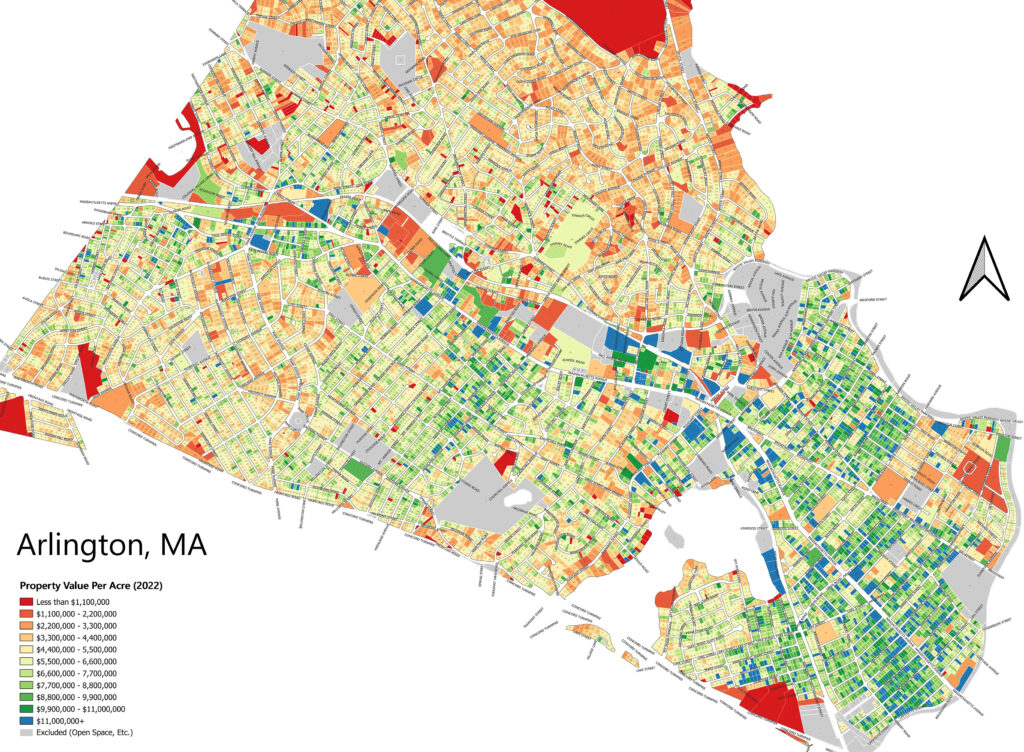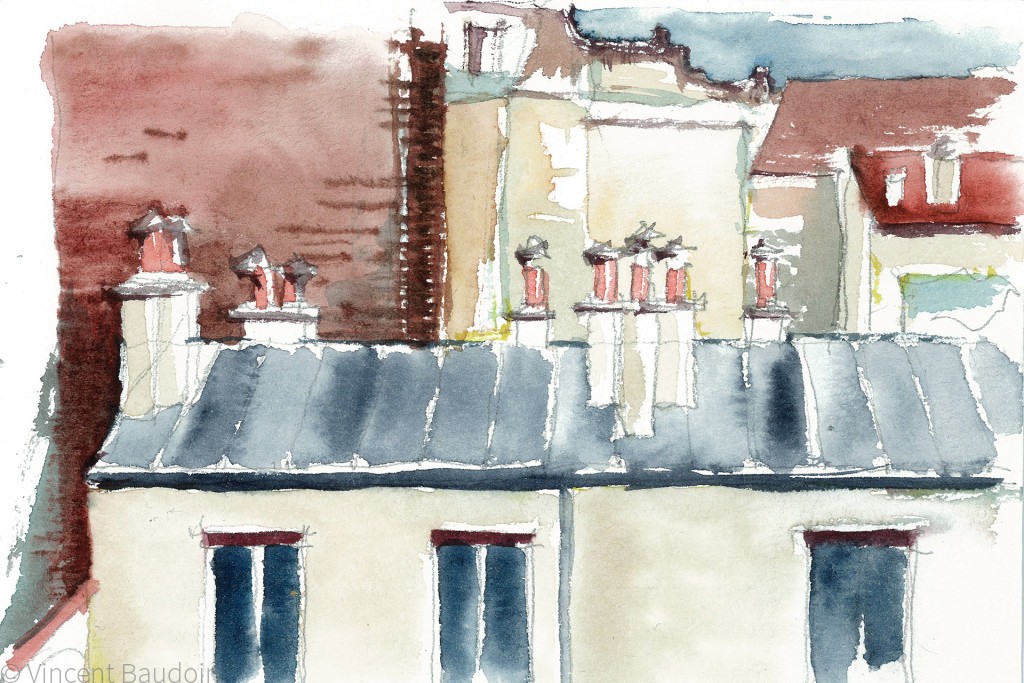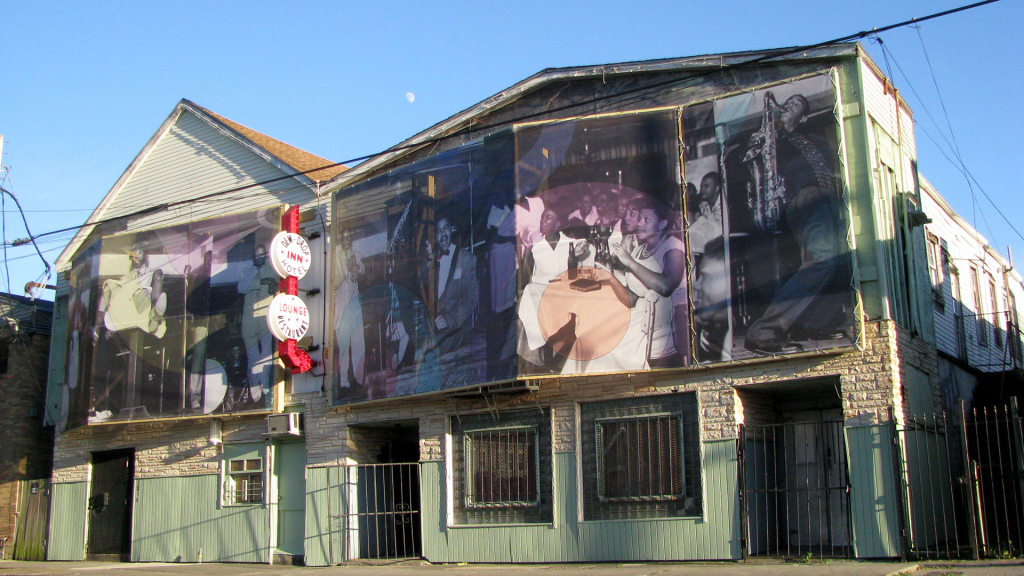Arlington MA Value Per Acre
PDF here: https://vincentbaudoin.com/wp-content/uploads/2025/10/2023-02-05-Arlington-Value-Per-Acre_sm.pdf

PDF here: https://vincentbaudoin.com/wp-content/uploads/2025/10/2023-02-05-Arlington-Value-Per-Acre_sm.pdf

Block party on Silk Street on September 13, 2025.
ARE 5.0 The Architect Registration Exam (ARE), version 5.0, is a necessary step on the path to become a licensed professional architect in the United States. I passed the six divisions of the ARE within a six-month window. My strategy was to schedule the exams in pairs, spaced 2-3 months apart. That was enough time to study in a focused way, without forgetting early material or getting distracted. I never took two exams on one day, and I wouldn’t recommend it. They are mentally exhausting. Instead, take them on consecutive days, or give yourself a day or two to rest …

New watercolors from the summer and fall of 2015 are up on my portfolio. Click here to take a look!

I’ve uploaded some sketches I did in France and Greece about a year and a half ago, in December 2013 and January 2014. Check them out here!

Although much of the spring has been dedicated to my thesis project, I’ve also been participating in the URBANbuild 10 construction process. URBANbuild is a great program, one of the real strengths of the Tulane School of Architecture. I feel very fortunate to have participated in the design last semester and to now be working with the great team building this house. The progress since the start of the semester has been excellent. Despite some significant rain, as well as design changes, Mardi Gras, and all the other issues that crop up on a New Orleans construction site, we have a house with a finished …

I was looking back through some of my work from the Gulf Coast Community Design Studio, and came across these designs that I worked on for the City of Moss Point, Mississippi. The intent was to apply these seals on the sidewalks somewhere in downtown Moss Point, as a kind of civic branding. As far as I know, these designs have never been used. The four seals represent elements of symbolic importance to the City of Moss Point, including the city seal, the ecological and recreational importance of the river, and two local school mascots. I worked on these with the very talented Jessie …

Early this semester, I was recruited by the Tulane City Center to lead the construction of a temporary facade installation at the Dew Drop Inn, a landmark in Central City, New Orleans. In its prime the Dew Drop Inn contained a hotel, a barbershop, and a prominent nightclub where icons like Ray Charles once played. Its owners are raising money for its renovation, but for now this historic building is dilapidated and vacant. To beautify the facade and generate awareness and interest during the fundraising period, the Tulane City Center designed a large temporary art installation for the facade of the Dew Drop. …

This is Part 4 of a series based on my lecture last week at the Tulane School of Architecture. You can catch up with Part 1, Part 2, and Part 3 here. Our journey continues in California, as we head through the redwoods and along Highway 1 for the final part of this trip. California could be considered the home of the modern tiny house movement, and it’s home to perhaps the best-known proponent of tiny houses: Tumbleweed Tiny House Company. Tumbleweed was founded by a man named Jay Shafer, a very charismatic advocate for tiny houses who has since moved on to start a new company called Four …